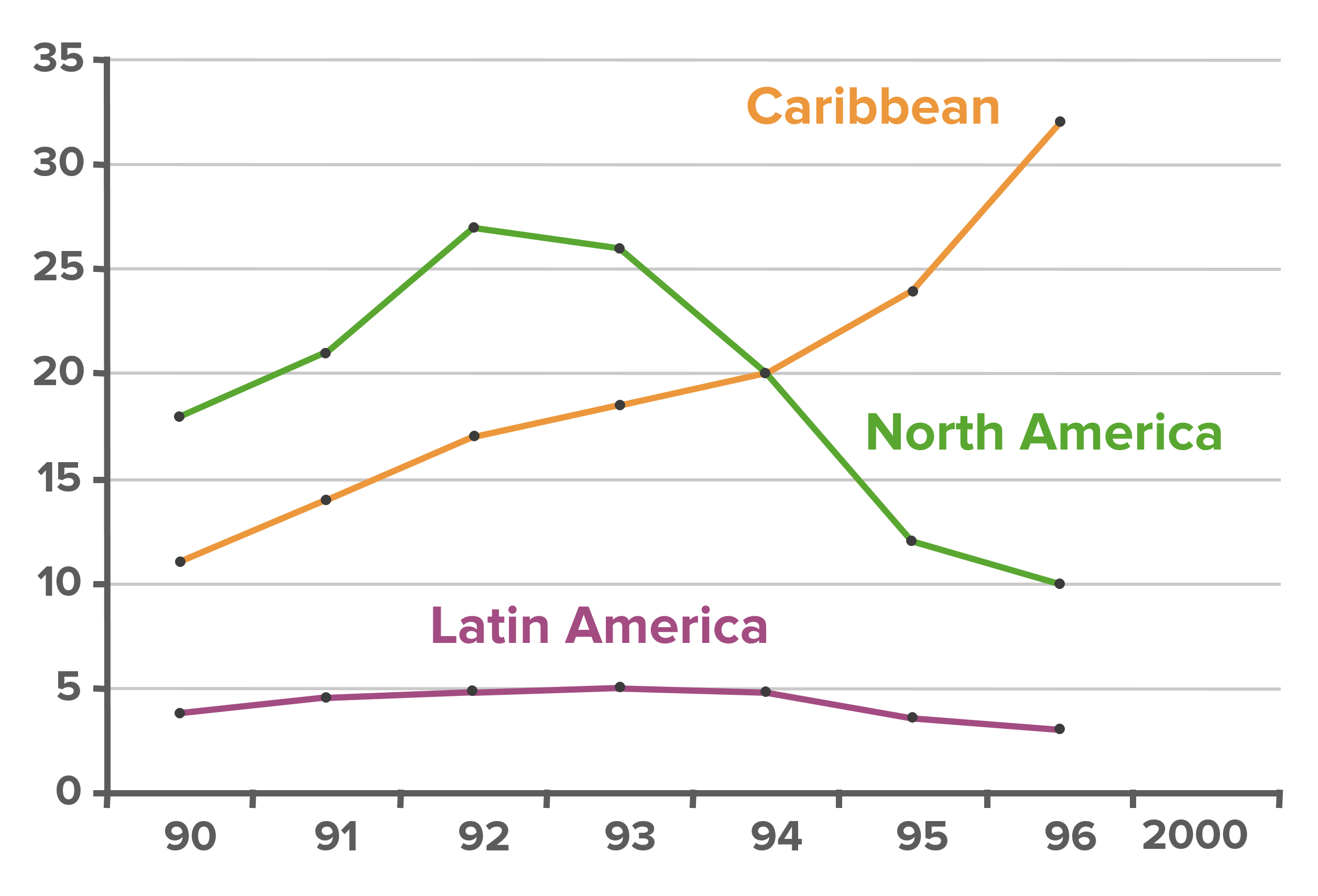Playlist
Show Playlist
Hide Playlist
Hawthorne and Rosenthal Effect
-
Slides 06 CausationBiasConfounding Epidemiology.pdf
-
Download Lecture Overview
00:01 So we've covered a variety of biases already, let's get into the Hawthorne and Rosenthal effects and they are combined to make something resembling placebo effect, we will talk more about placebo effect on the lecture about experiments. So Hawthorne effect is also called the observer effect and it is named after a case in the Hawthorne factory, where they discovered that when you turn the lights up in the factory the workers tended to work harder. In other words, individuals modify their behavior when they are being watched, that's the Hawthorne effect. So scientists tend to recruit patients who have a better adherence to drug therapies, who have a more likelihood of staying in a study, therefore less likelihood to have future loss to follow-up, they are special individuals, they're more likely to be good subjects. In other words, they're going to respond in a positive way more likely than other individuals not chosen for a study. That's Hawthorne effect. That's when these individuals are going to perform simply because they are in a study. Sometimes the inclusion exclusion criteria that we use for randomized controlled trials will exclude people who are ill in other ways not related to our study. In other words, we are excluding comorbidities, as a result, the end product is a sample of individuals in a study who are systematically healthier than those who aren't in a study. It's a kind of healthy worker effect almost. So again, the individuals in our study are more likely to perform better, because they're in the study. Now similar to Hawthorne effect is the Rosenthal effect. 01:44 Sometimes it's called the Pygmalion effect and sometimes it's called the self-fulfilling prophecy. And the way it works is like this; simply by interacting with subjects in a study they may respond better to you, as a result of your expectations. In other words, the researchers expectations of a study subject will affect how they respond. Consider this example, let's say you go to a classroom and tell a teacher, "You know that student over there? That student is very bright and he might be very gifted in the future, I want you to keep an eye on that student." In truth the student isn't particularly special, but the teacher thinks that he is, as a result, the teacher spends a lot of time with that student and actually creates the conditions whereby that student succeeds. In other words, bringing about the expectation, fulfilling the prophecy, that's Rosenthal effect. Similar to Rosenthal effect is the Golem effect, it's actually a kind of Rosenthal effect. That's when lowered expectations result in lowered performance. Let's say the teacher was told, "See that student over there, that student is not very bright, don't expect a lot from that individual" In fact the student is perfect fine, perfectly bright, but the teacher ignores the student, perhaps treats him poorly and the student performs to a low standard as a result. Again, self-fulfilling prophecy, a Golem effect. Think about what this means in the context of a randomized controlled trial, anytime the researcher has a relationship or contact with the study subjects, they may be eliciting a response that is unnatural. We try to minimize that kind of contact as a result, or maybe even prevent the researcher from knowing which individuals are getting what kinds of treatment. In other words, the Rosenthal and Hawthorne effects are the primary reasons that we have blinding in randomized controlled trials. Remember blinding is when the researchers don't know which subjects are getting therapies, and sometimes the subjects don't know whether or not they are getting the therapies either. We will talk more about blinding when we talk about experiments in another lecture.
About the Lecture
The lecture Hawthorne and Rosenthal Effect by Raywat Deonandan, PhD is from the course Statistical Biases.
Included Quiz Questions
A study seeks to measure how often store clerks ask for proof of age from customers trying to buy cigarettes. The investigator introduces herself to the proprietors of several corner stores, explains the purpose of the study, then watches to see whether the proprietor asks for identification from incoming customers. Which of the following changes to the study design would be most helpful in avoiding the Hawthorne effect?
- Use retrospective data from cameras in the store rather than having an interviewer present while the sales are taking place.
- Assign stores randomly amongst a variety of interviewers known to the clerks, and take data from random site visits.
- Advise the store clerks about the study, but obtain the data from watching security cameras in the store.
- Ask the store clerks to retrospectively self-report the number of instances they ask for proof of age.
- Ask the store clerks to note every instance they ask for proof of age over a specific period of time.
How a study subject responds may be affected by a researcher’s expectations of the study subject. Which of the following is NOT one of the terms used to describe this phenomenon?
- Hawthorne effect
- Pygmalion effect
- Self-fulfilling prophecy
- Golem effect
- Rosenthal effect
Customer reviews
5,0 of 5 stars
| 5 Stars |
|
5 |
| 4 Stars |
|
0 |
| 3 Stars |
|
0 |
| 2 Stars |
|
0 |
| 1 Star |
|
0 |




